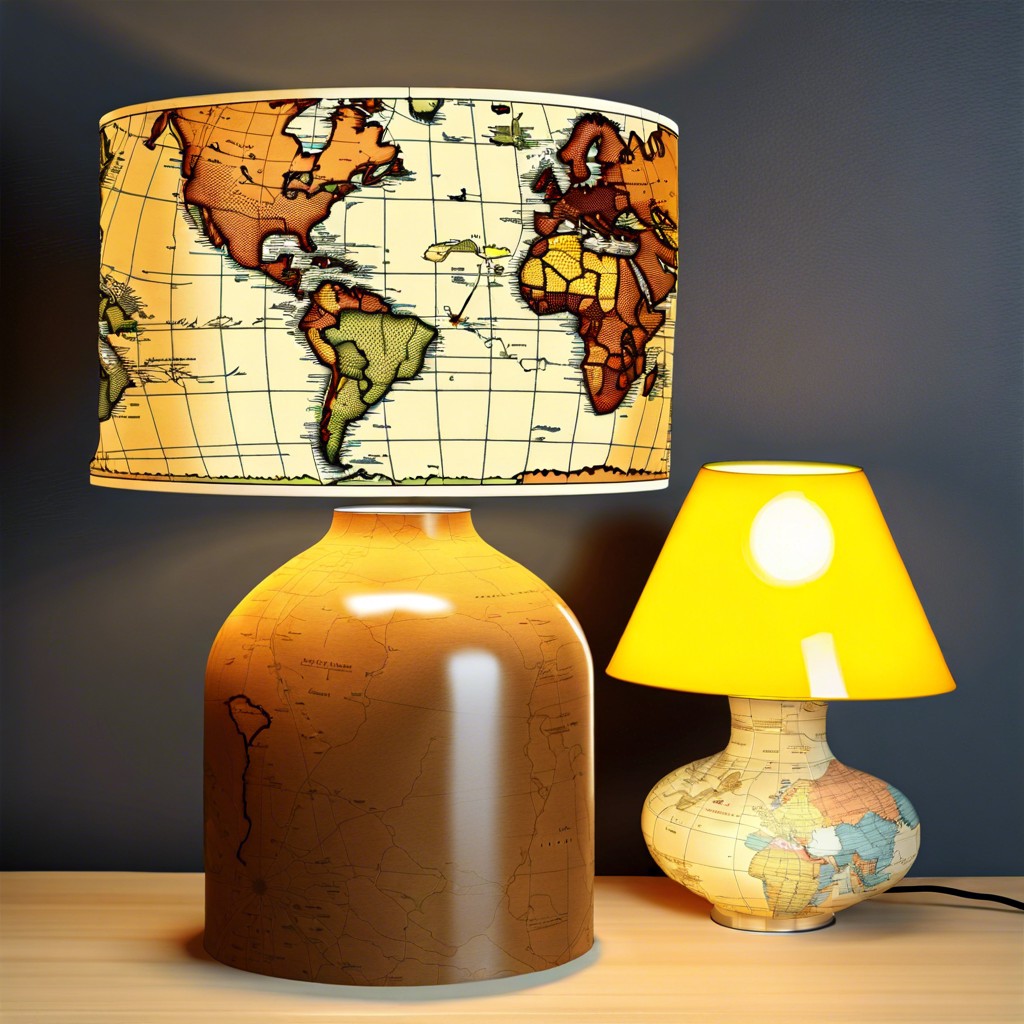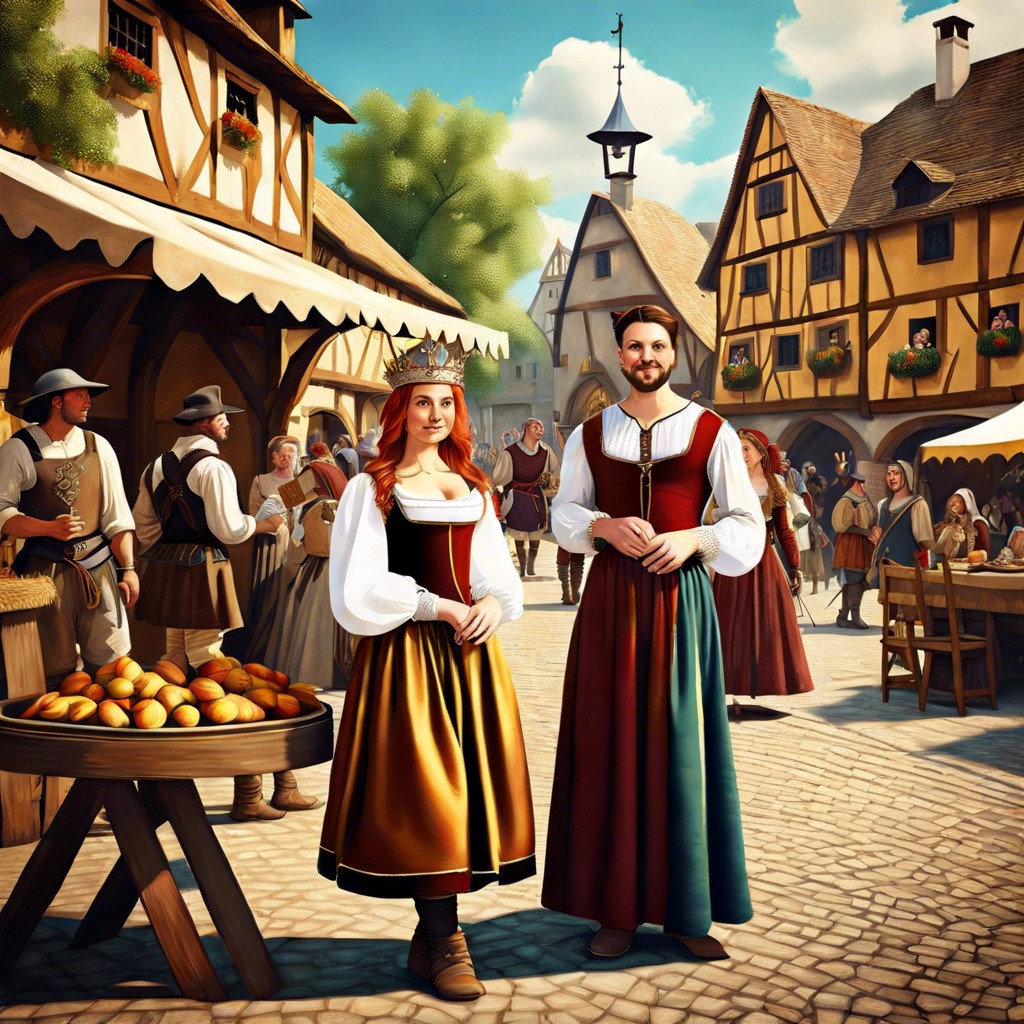Last updated on
Discover the allure and value of vintage pictures in the contemporary era.
Key takeaways:
- Vintage photography captures moments from bygone eras.
- Vintage pictures serve as windows into history and educational tools.
- Proper preservation techniques are crucial for the longevity of vintage pictures.
- The value of vintage pictures is assessed based on various factors.
- Understanding legal implications is important when using and sharing vintage photos.
Defining Vintage Photography

Vintage photography captures moments from bygone eras, typically referring to images produced from the early 19th century to about 20 years before the present day. The charm of these photographs lies in their ability to provide a window into the past; they document fashion trends, architecture, and everyday life from periods that have otherwise faded into history.
Technically, a photograph is considered vintage if it’s an original print from the time period in which it was taken. The materials and processes used are often indicative of the photo’s age, such as sepia-toned silver prints or black-and-white daguerreotypes. These processes are no longer widely used, lending a distinct character to the photos.
Interest in vintage photographs extends beyond mere nostalgia. Collectors value them for their historical relevance, aesthetic appeal, and potential investment opportunities. Photography enthusiasts appreciate the skill required to produce such images without modern technology. To those with a keen eye, vintage photographs tell the tale of photographic evolution and the narrative of human progression.
Historical Significance of Vintage Pictures
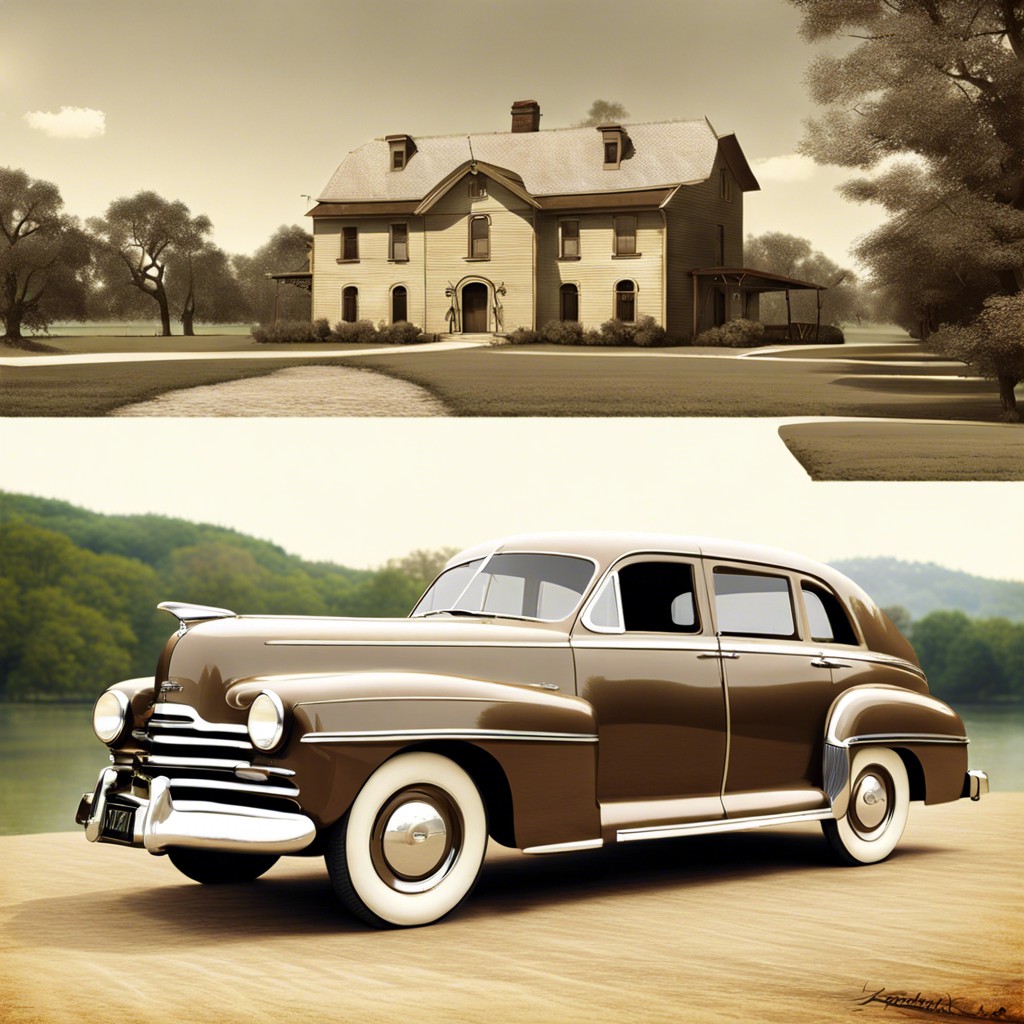
Vintage photographs serve as windows into bygone eras, offering a visual chronology of social, cultural, and technological progress. They capture moments that words may struggle to convey—emotions, attire, architecture—all narrating the saga of human experience through a silent display.
Equally, these snapshots function as educational tools. Academics, historians, and students leverage these visuals to study the past, gleaning insights into the daily lives of people from diverse epochs. Their role in confirming or challenging historical accounts or theories cannot be overstated.
Moreover, vintage pictures are critical in archiving personal histories. For many, these images are cherished heirlooms that string together family legacies and individual stories, strengthening connections between generations. They kindle nostalgia, transporting one back to moments laced with sentiments, immortalized through the camera’s lens.
In cultural preservation, these photos document the evolution of communities and indigenous practices, safeguarding them from the erosion time inevitably brings. In an ever-digitizing age, vintage photographs remain unequivocally poignant, standing as testament to where we have been and how far we have ventured.
Preservation Techniques for Vintage Pictures
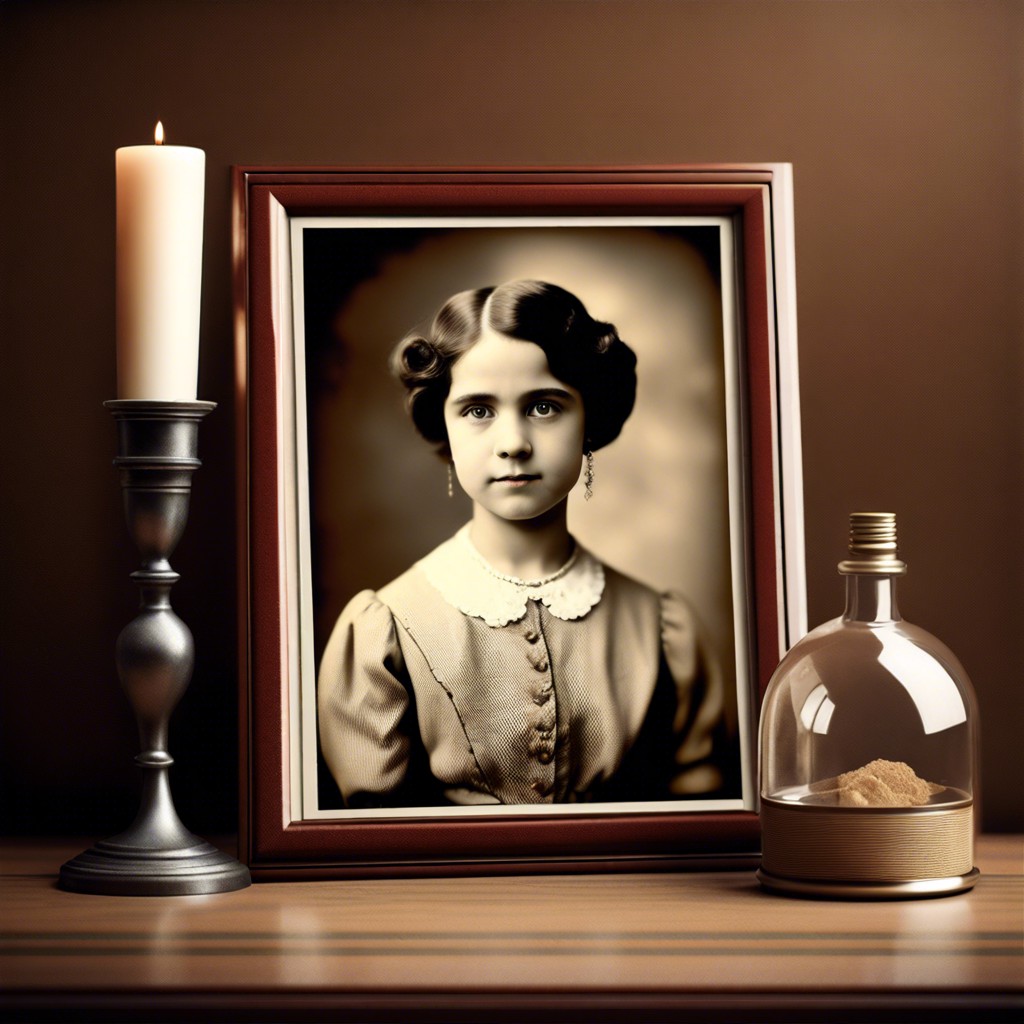
Time can be a fickle friend to vintage photographs. They encapsulate memories like fireflies in a jar, but without proper care, those glimmers of the past can fade. The key to longevity lies in climate control; too much humidity invites mold, while dryness leads to brittleness. Store these treasures in a stable environment, ideally with controlled temperature and humidity.
Acid-free materials are the knights in shining armor warding off deterioration. Use them for albums or storage boxes as they help prevent chemical reactions that can mar the image. Similarly, the touch of bare hands can be surprisingly corrosive due to natural oils. Cotton gloves are a simple safeguard, keep old memories from being smudged or tarnished by the present.
When displaying vintage pictures, UV light is the invisible enemy. It bleaches history from the paper, leaving behind a ghost of the original. UV-filtering glass or acrylic in frames can defend against this relentless assailant, maintaining vibrancy and detail.
Digitization offers a form of immortality. Scanning images not only creates a backup but also allows for damaged photos to be restored digitally. This process breathes life back into faded or torn pictures, keeping the stories they tell alive for generations to peek into.
Lastly, inspect your pictures occasionally. It’s not about nosing around, but rather keeping an eye out for early signs of damage. Prompt action can save a photo from serious decay. Consider it a health check-up for your photographic history.
Establishing the Value of Vintage Pictures

Assessing the worth of vintage pictures transcends a mere price tag; it involves delving into their historical, artistic, and sentimental aspects. Antiques aficionados and photography collectors alike are often drawn to the story behind the image. A photograph capturing a historical milestone or a forgotten slice of everyday life can hold immeasurable value.
The age of the photograph often holds clues to its value. Older images, especially those from the 19th century or early 20th century, can be more desirable due to their rarity and the historical context they encapsulate.
Condition plays a pivotal role – nicks, tears, and fading can greatly diminish a photograph’s market price. However, some deterioration might be expected and can lend authenticity to the piece, especially if it’s been well-preserved given its age.
Provenance, or the photo’s history of ownership, can skyrocket its appeal. An image previously owned by a notable collector or associated with a famous individual carries a certain cachet that can make collectors’ hearts beat faster.
Limitation, like in art prints, boosts worth. Limited edition photos, or those with fewer copies, are often considered more valuable due to their scarcity.
Finally, subject matter can make all the difference. Photos depicting subjects of popular interest or unusual scenes can be more sought after, driving up their collectible status and economic value.
Each vintage photograph is a time capsule, and finding a diamond in the rough requires understanding these nuances. Those in the know can spot true hidden treasures.
Legal Implications of Using and Sharing Vintage Photos
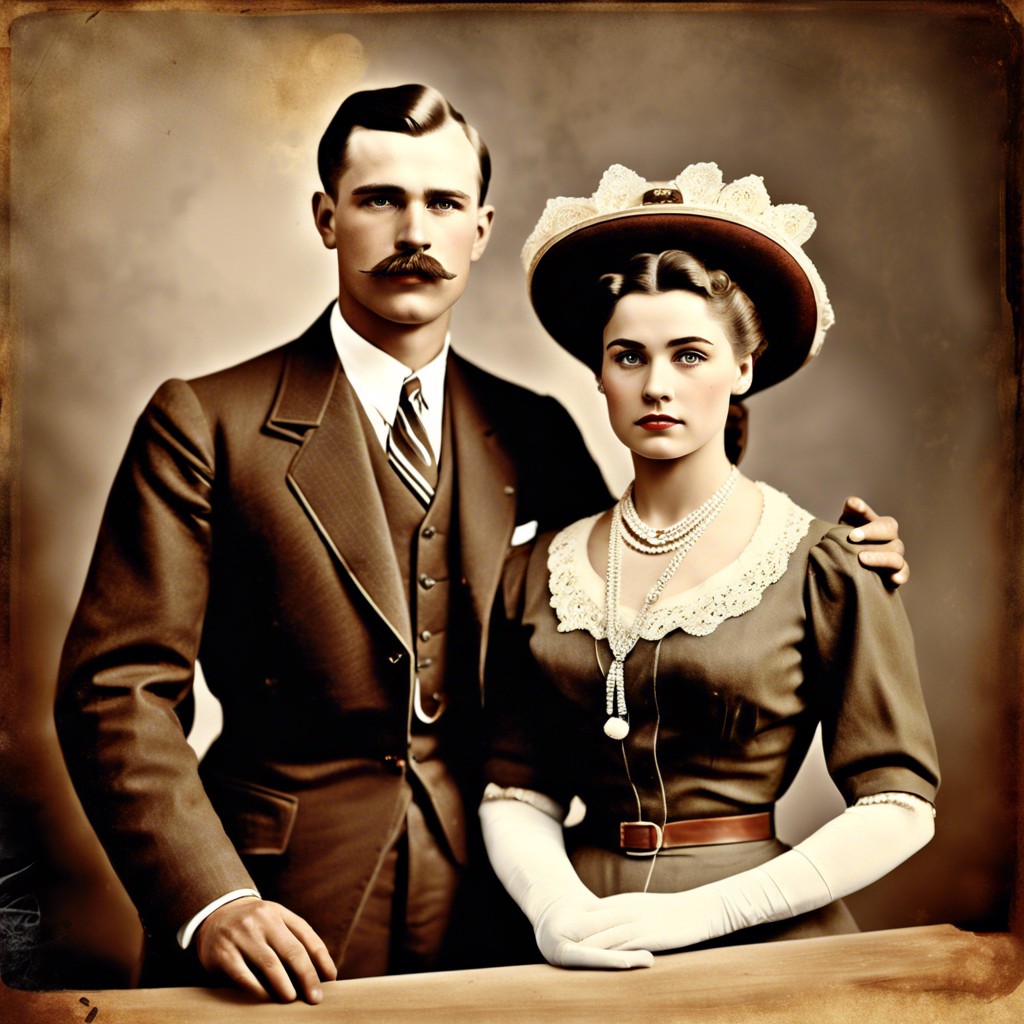
Navigating the legal waters surrounding vintage photographs can be trickier than a fox on a fence post. Before you go sharing that charming photo of flappers from the Roaring Twenties, remember copyright law often extends to the life of the creator plus several decades. If the image’s maker has been kicking up daisies for fewer than 95 years, you might need permission to avoid a legal hullabaloo.
Rights surrounding an image can be as sticky as molasses. Ownership doesn’t always transfer with the photograph. It’s a good idea to dig around for any documents or agreements linked to the photo before disseminating it.
Public domain is your friend for pictures older than a hill, generally snapped before 1923. These images are like a free-for-all at a picnic. You can use them without much fuss, as they are no longer shackled by copyright.
Don’t get caught with your pants down when using vintage images for commercial endeavors. It’s wise to consult with a legal eagle to sidestep potential ruckus. They might suggest securing a release or license, ensuring the picture’s use doesn’t step on any toes.
And, for Pete’s sake, don’t forget privacy rights. An individual’s likeness can’t be used for profit without consent, even if they seem old as dirt. The last thing you need is a lawsuit claiming you invaded someone’s privacy or misappropriated their mug.
Remember, an ounce of prevention is worth a pound of cure. A bit of homework on the legal front can save you from a world of trouble later on.

